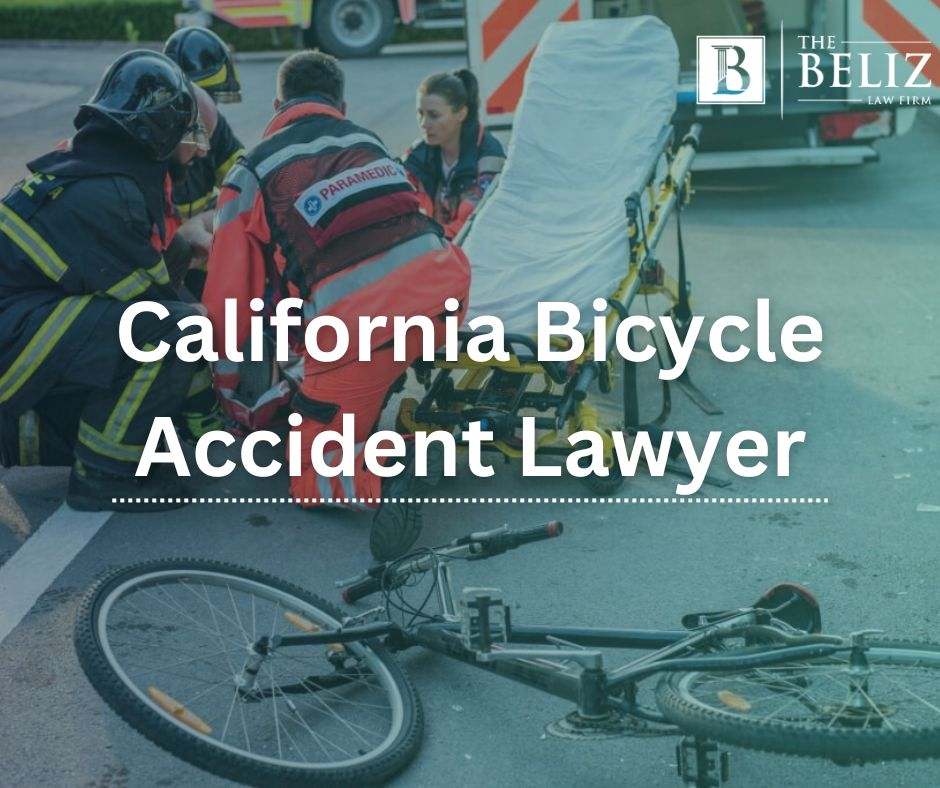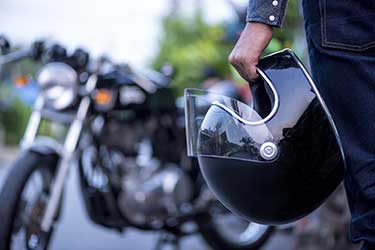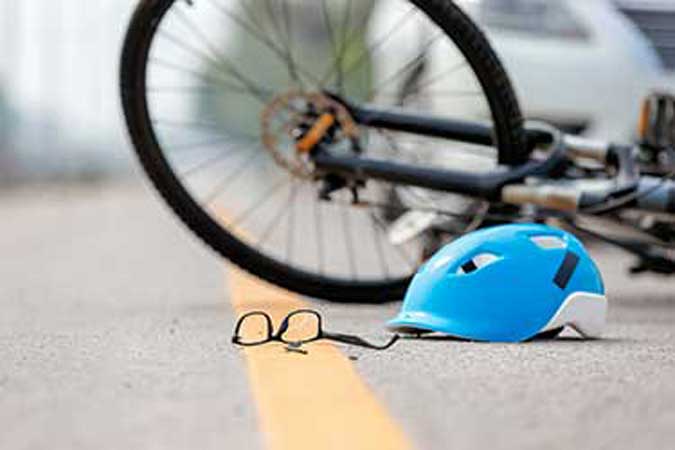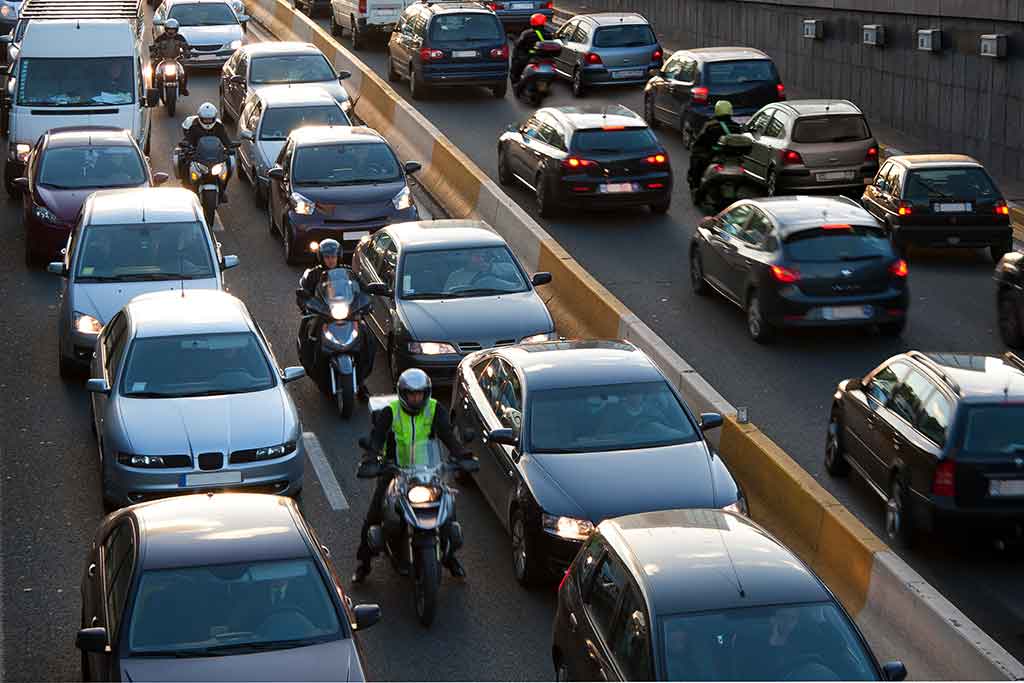
Most Common Causes of Bicycle Accidents in California
Oct 13, 2023 | Read Time: 2 minutesCalifornia, with its picturesque landscapes and cycling friendly cities, is a haven for bicycle enthusiasts. However, cycling, like any other mode of transportation, comes with its own set of risks. Bicycle accidents can occur due to various factors, ranging from human errors to environmental conditions. Exploring the most common causes of bicycle accidents in California sheds light on the potential liability of another if they caused you harm. What Are the Most Common Causes of Bicycle Accidents? The main cause of bicycle accidents in California involves collisions with motor vehicles. The size and speed disparity between bicycles and cars can lead to catastrophic consequences. Factors contributing to these accidents include distracted driving, failing to yield, dooring incidents, and unsafe road conditions. The condition of roads and cycling infrastructure can significantly impact the safety of cyclists. Common causes of accidents resulting from unsafe road conditions include the following: Confusion regarding right-of-way rules can also cause collisions between bicycles and other vehicles. This is especially true when a cyclist or motorist does not stop at a stop sign, ignores the traffic signals, or takes a turn without properly signaling. Liability and Damages in California Bicycle Accidents Determining liability in bicycle accidents is based on the evidence available in each particular case. Liability is generally based on the principles of negligence. For the most part, everyone owes a duty of care to operate a vehicle or bicycle with reasonable care. When someone doesn’t fulfill their duties, they could be negligent and therefore liable for any injuries or damages they cause to another. If a motorist’s negligence, such as distracted driving or failure to yield, leads to a bicycle accident, they can be held responsible for the damages. If an unsafe road, inadequate signage, or poor maintenance contributed to an accident, liability may fall on the responsible government agency. In some cases, if a defect in the bicycle or its components causes the accident, the manufacturer may be held liable. On the other hand, if a cyclist contributes to their own mishap through negligence, they may not be able to recover as much compensation for their losses related to the accident. Cyclist negligence might be traveling in the opposite direction of traffic, disregarding traffic rules, or riding under the influence. Alcohol and drugs affect a cyclist’s judgment, coordination, and reaction time, significantly increasing the risk of accidents.Once you determine liability, you can calculate the potential damages and what a case could be worth. Damages that can be recovered in a bicycle accident case include compensation for past and future medical treatment, lost wages, and pain and suffering. California Bicycle Accident Lawyer After a bicycle accident, you may suffer losses you never expected. With the help of an experienced attorney, you can be sure you’re maximizing your recovery to recoup your losses. Michael A. Beliz has worked on and handled hundreds of cases as an attorney for over a decade. You can be confident the Beliz Law Firm will handle your case professionally and as efficiently as possible. Contact us today.
Continue Reading

